Deadliest terrorist attacks on Russia’s transportation systems in recent years
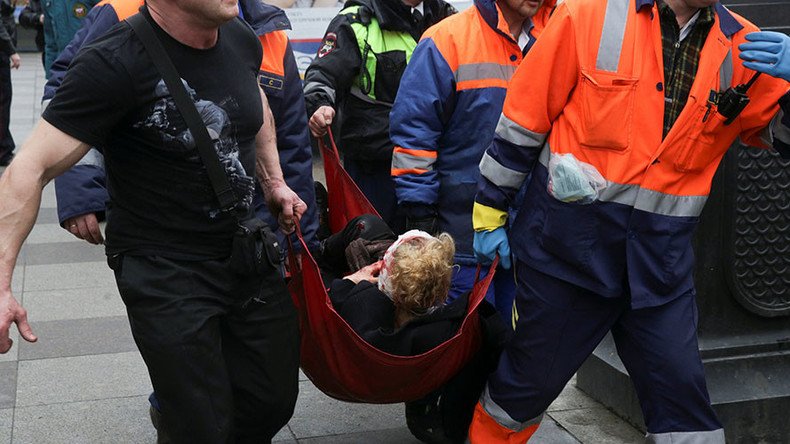
An assumed IED hit a train in the St. Petersburg Metro on Monday, killing 14 and injuring dozens. While suspects are yet to be identified, RT recalls the worst bombings that have struck Russia’s transportation system in recent years.
2013 Volgograd bombings
On December 30, 2013, a suicide attacker targeted a crowded trolleybus in the southern city of Volgograd (formerly Stalingrad), killing 17 people, including the terrorist himself, and injuring over 20.
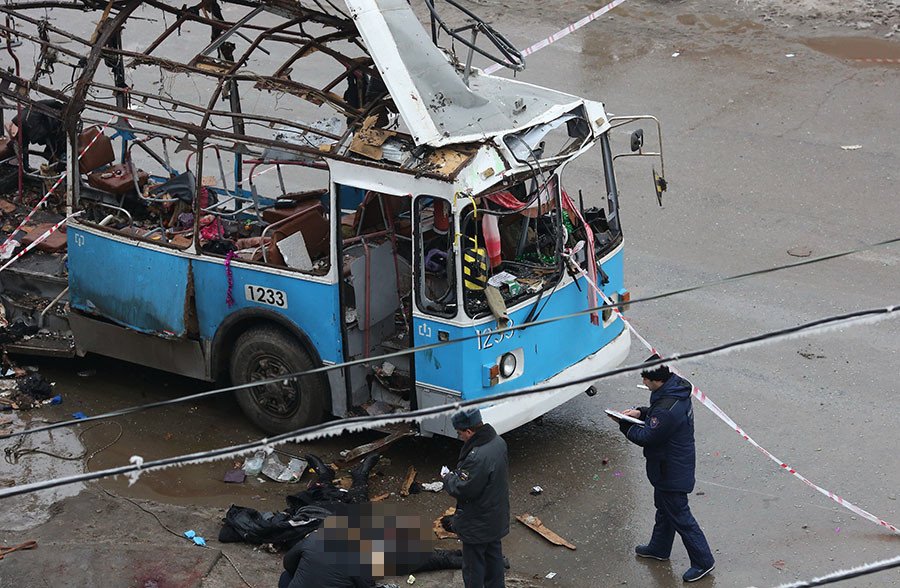
Just a day before, another suicide blast hit Volgograd-1 railway station, leaving 18 people dead and at least 44 injured.
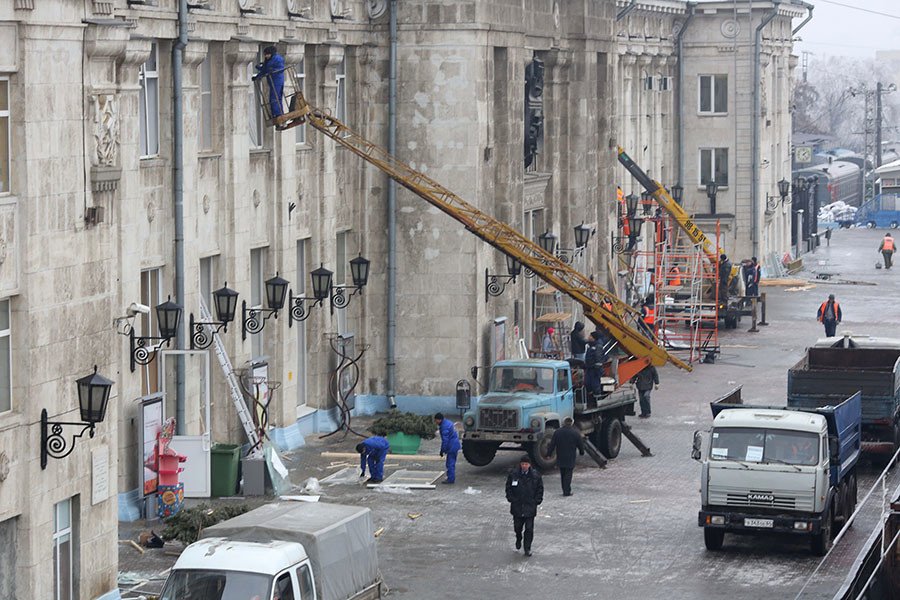
The suicide bomber triggered an improvised explosive device at the entrance to the station when the perpetrator’s suspicious behavior attracted the attention of police.
The suicide bomber triggered an improvised explosive device at the entrance to the station when the perpetrator’s suspicious behavior attracted the attention of police.
Security officials said that the number of victims would have been far greater if the terrorist had been able to make it inside.
Security officials said that the number of victims would have been far greater if the terrorist had been able to make it inside.
2011 Domodedovo International Airport attack in Moscow
Another major terrorist assault took place inside the international arrivals hall of Moscow’s Domodedovo International Airport – one of the busiest airports in eastern Europe – on January 24, 2011.
The bombing claimed the lives of 37 people and injured 172 others. Most victims were Russian nationals, but citizens of Tajikistan, Germany, Uzbekistan, the UK, Austria, and Ukraine were also among the victims.
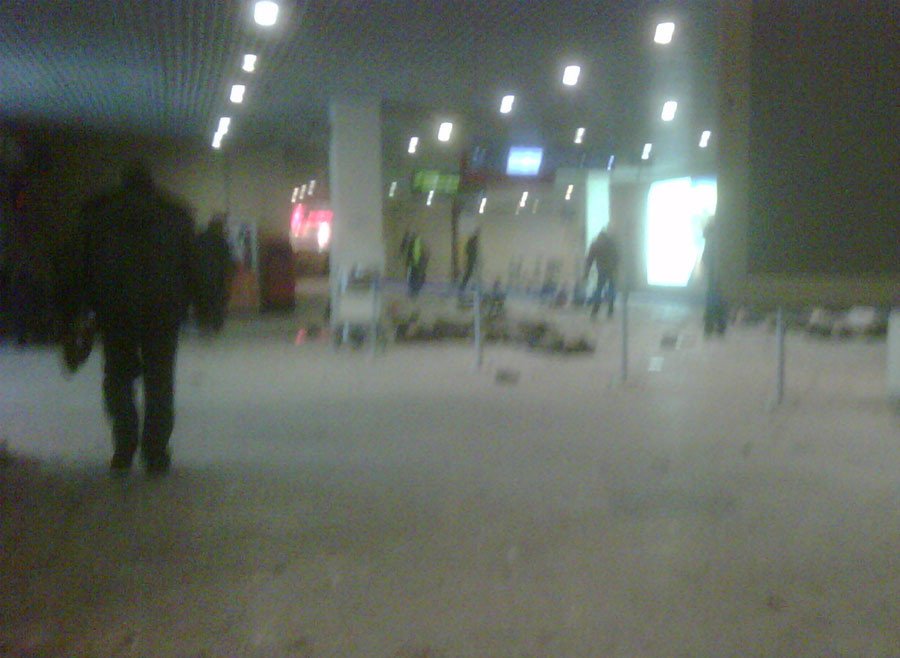
Within weeks, a faction of the so-called Caucasus Emirate led by Doku Umarov, once Russia’s most wanted terrorist, claimed responsibility for the attack.
Later, the Russian Investigative Committee identified the suicide bomber as a 20-year-old man from the North Caucasus, and stressed that the attack was aimed at foreigners “in the first place.”
2010 Moscow Metro bombings
The incident, later described by Russian officials as “the deadliest and most sophisticated terrorist attack in the Russian capital in six years,” took place during the morning rush hour of March 29, 2010 at two stations of the Moscow Metro.
The first blast occurred at the Lubyanka station. Shortly before the train opened the doors, a female suicide bomber detonated her suicide belt, killing 24 people
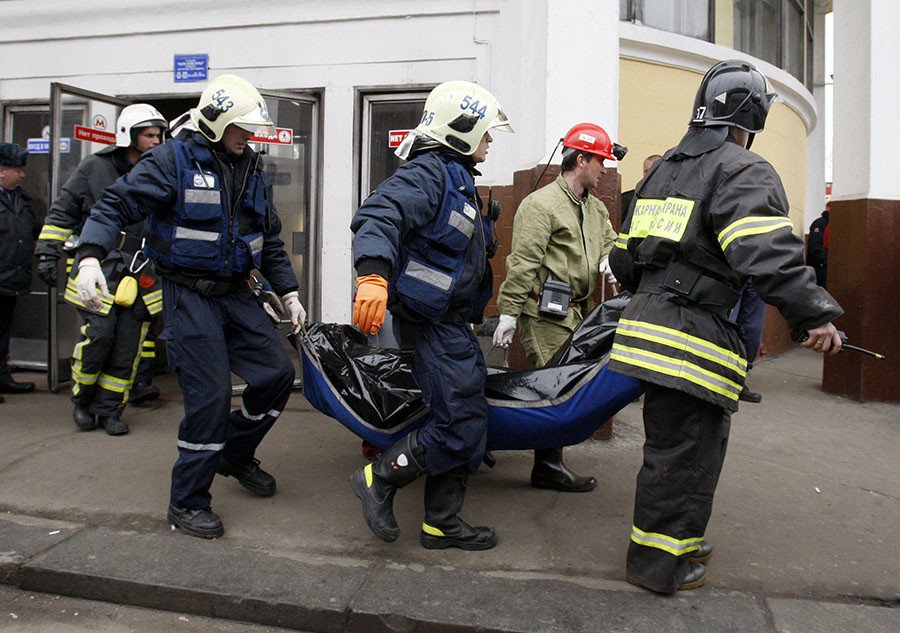
A second suicide attack hit the Park Kultury station several minutes later, killing 12 commuters. Four people injured in the assaults later died in hospitals.
Two women from Dagestan, the so-called ‘black widows’ of slain terrorists, were said to have carried out the attacks. Months later, Alexander Bortnikov, then head of the FSB, said the agency identified all the members of the terrorist group that orchestrated the attack, and three of them were killed during a covert operation in an attempt to capture them.
2009 Nevsky Express bombing
An attack on November 27, 2009 targeted a Nevsky Express train, formerly the fastest on the route between Moscow and St. Petersburg. A bomb exploded under one of the carriages when the train was travelling near the town of Bologoye (approximately 320 kilometers from Moscow), causing partial derailment.
The blast and subsequent derailment killed 27 people (one more person later died of injuries) and wounded at least 95. The Nevsky Express was carrying 661 passengers in 13 carriages at the time of the attack.
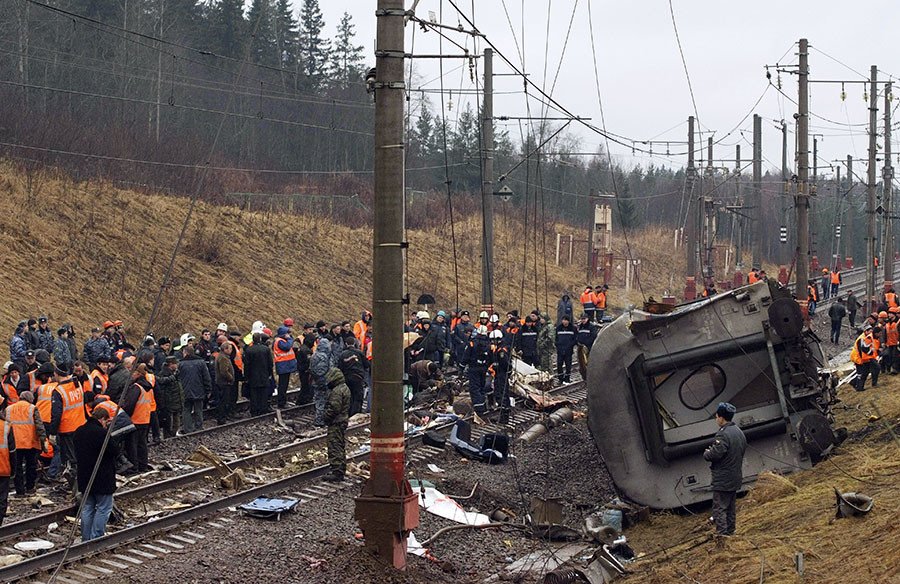
Russian intelligence services believed that the suspects were hiding in a rented house in a nearby village to figure out the train’s schedules and subsequently plant the explosives.
An official investigation led to a terrorist network in Ingushetia in the North Caucasus, led by an Islamist preacher named Said Buryatsky, who was killed in March 2010 during a shootout with police.












